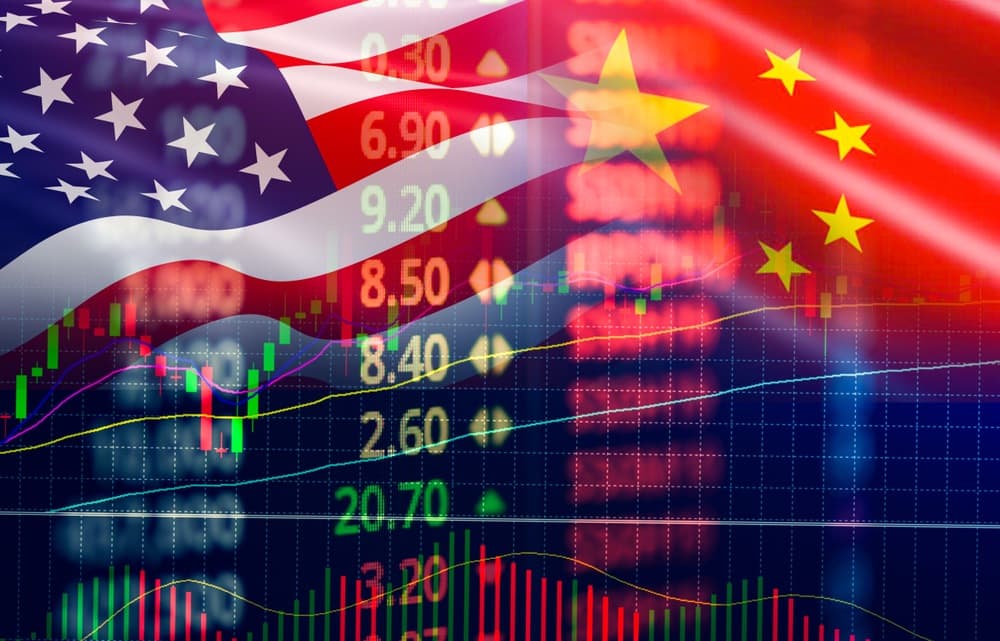
Your investment returns come from just two sources.
The first is capital gains. As the AI bubble blows higher, that’s the big focus for investors.
That means the second source of returns is being overlooked.
What’s the second source? Income.
The dividend yield on the S&P 500 is a paltry 1.18% today, almost touching its 1999 low:

Investors ignore income stocks at their own peril (Source: Multpl)
Dividend-paying stocks have a lot to offer investors. A company can restate its earnings – but they can’t restate a cash dividend.
Plus, dividend growth companies tend to offer lower beta, or volatility relative to the market itself.
Finally, as Jeremy Siegel has documented in Stocks for the Long Run, over an investor’s lifetime, reinvesting dividends can account for over half of an investor’s total returns.
With the growing likelihood of a terrifying bull market in stocks kicking off, investors can get a relative safe-haven with dividend-paying stocks.
With the Fed about to slash interest rates, dividends may soon be the best game in town for income investors.
Even with overall yields looking low, there are plenty of companies that still offer decent yields and the potential to grow their dividend over time. We have plenty of such holdings in our Model Portfolio.
~ Addison
P.S.: Grey Swan Live! this afternoon at 2 pm ET: Mark Jeftovic joins us for “Shadow Fed & the American Dream” — how a September rate cut could hit the dollar’s purchasing power, where the money-market flood might go next, and why “control of money” is migrating from central banks to code, corporates, and courts.
No doubt, we’ll touch on the claims made by Anton Kobyakov, senior adviser to Russian President Vladimir Putin, that the U.S. is using stablecoins to devalue its debt. Paid members, join us at 2 p.m. ET today.
If you’re not a paid member of the Grey Swan Investment Fraternity, you can review the benefits of becoming one here.
If you have any questions for us about the market, send them our way now to: feedback@greyswanfraternity.




